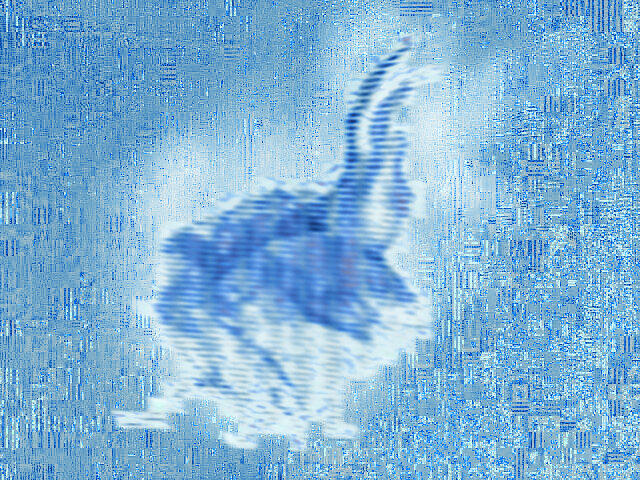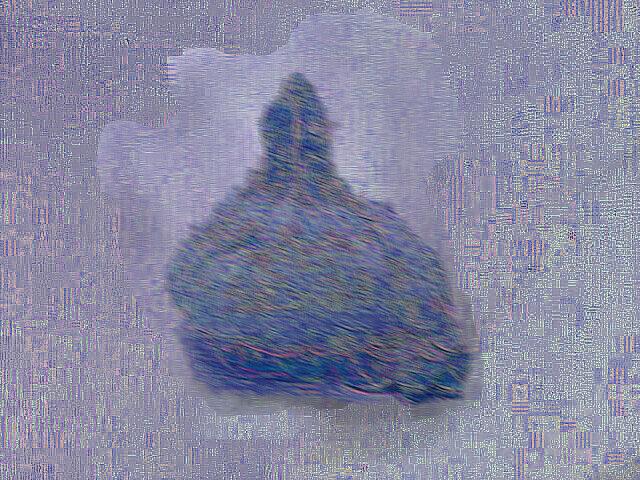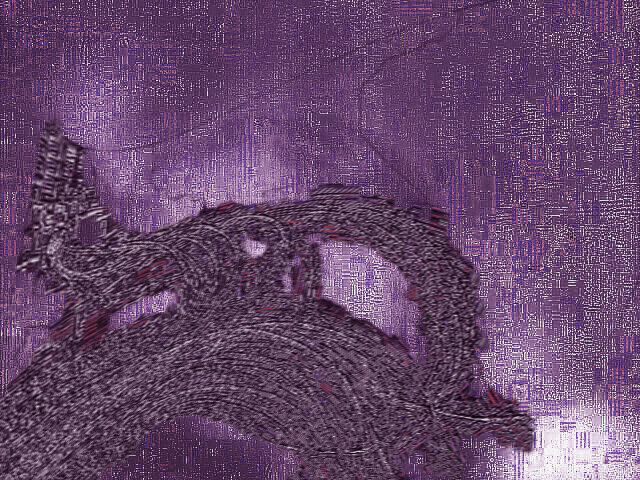
This section archives the first recorded visual documentation of the Mvohc species. In collaboration with physicist Dr. Imogene Nary, Dr. Tann created the world's first Thermo-Proton Pulsar Spectraplane device or TPPS. This device took inspiration from Spectroscopy, the process in which astronomers measure planets and stars' biometric identity based on the absorption and rapid release of energy by electrons, creating a light spectrum unique to each element. Similarly, the TPPS device works to create a detectable visualization using photon energy, but rather than light, it measures the thermo-spectrum.
The machine sends expeditiously intermittent discharges of energy to the organism's atomic makeup. However, instead of targeting negatively charged electrons, it targets protons that, as we know, have a positive charge. This surge of additional energy creates transient increases in kinetic energy. The brevity allows the organism to remain reasonably unaware of the energy influx while simultaneously expelling a semi-custom fluorescent heat signature. Because this occurs on an atomic level, the creatures are unharmed and remain relatively motionless, allowing the device to take hundreds of photos a minute. With imperceivable swiftness, the machine can stitch together an image of the Mvohc based on their thermo-chemical and pulsar makeup. What makes this device even more unique is its additional pulsar measurement layer. The Mvohc emits sound at a frequency that is out of range for the human ear. However, Dr. Nary's first attempt at this detection device only measured the sound pressure level, but today TPPS device combines both technologies, making it a machine unlike any other.
Thermo-Proton Pulsar Spectraplane Imaging
The following images show active Mvohc using Thermo-imaging overlapping Pulsar Nova data converted to dimensional information.

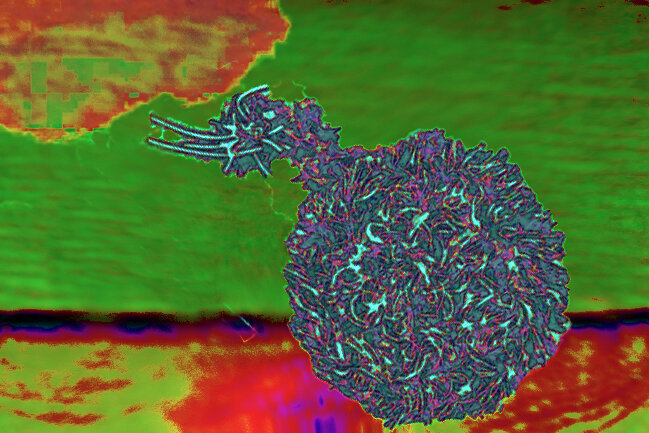

Thermo-Proton Pulsar Spectraplane Imaging
The following images show inactive Mvohc using Thermo-imaging.
As these Mvohc are in stasis due to the absence of consciousness to feed on, they are seen with a limited biometric identification.

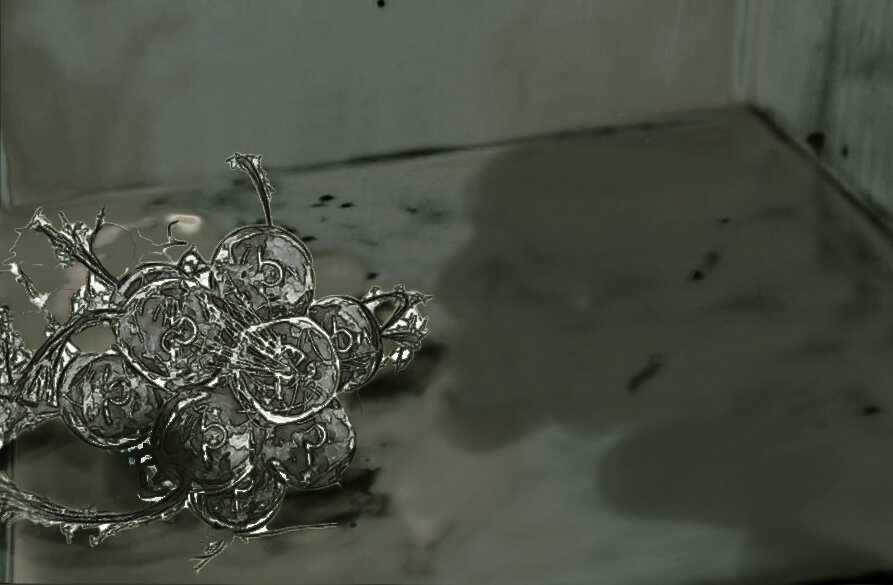


Thermo-Proton Pulsar Spectraplane Imaging
The following images show Mvohc during the hovering stage.
Mvohc consume human hair, extracting from it the essence of consciousness. One byproduct of this digestion is a low-frequency sound that the Mvohc emits; this emission is the sound the Pulsar method measures to help detect Mvohc. The other byproduct is the discarded natural material (human hair) that mixes with Microbial Electrolysis Cells from their MEC Production Glands. The resulting reaction is hydrogen production as hydrogen is lighter than air, the Mvohc gain the ability to float.
As shown in the TPPS derived images below, the Mvohc are ignored with hydrogen, disrupting the variation in their typical biometric identities. The Mvohc appear two-tonal and are visibly distended.


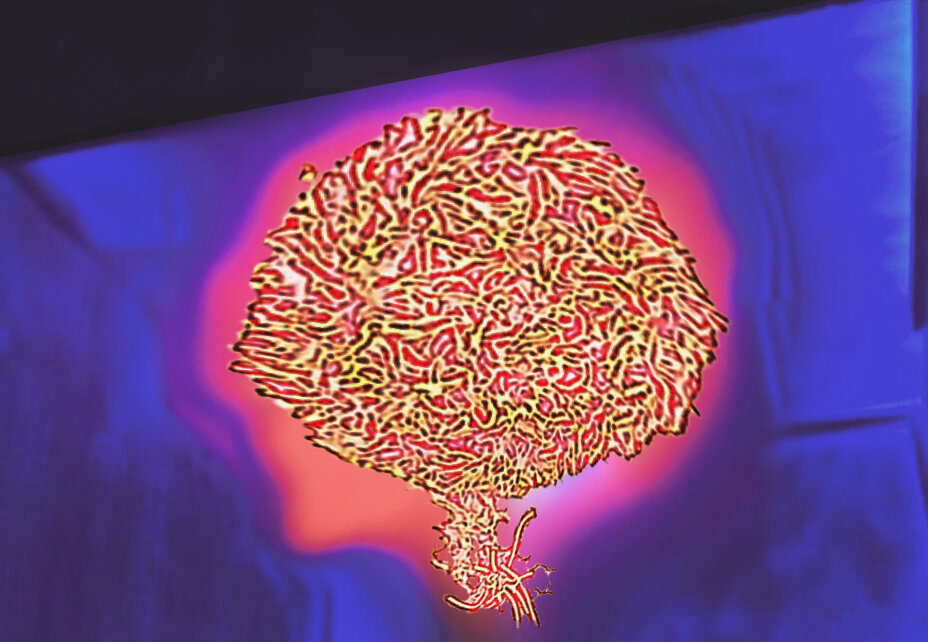
Pulsar Nova Spretraplane
The following images show the first-ever pulsar documentation of Mvohc. These images we rendered using the first iteration of Mvohc detection devices. This machine was designed to capture images of the Mvohc using the raw data gathered while measuring the sound pressure levels being emitted by the creatures.

